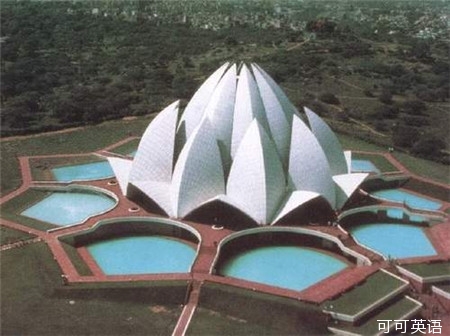
8. 美食
A gastronomic paradise, Delhi's shrines are its golgappas stands selling hollow pastry balls filled with a potato mixture and tamarind water, and its avenues lined with kebab stalls.
作為美食天堂,德里的美食 地就是售賣裹著土豆泥和羅望子汁的空心面球的golgappas路邊攤,還有街道兩旁的烤肉亭子。
On one end of the spectrum are glitzy five-star hotel restaurants. Conscious of India's science-loving reputation, they provide arithmetic practice through an elaborate system of taxes, service charges, and booze levies, including a levy for air-conditioning.
一方面是華麗的五星級酒店餐廳。由于意識到印度對科學的熱愛,這些酒店通過一套詳盡的稅收、服務(wù)費還有酒稅體系為人們提供練習算術(shù)的機會。
On the other end is, of course, Shahjahanabad, better known as Old Delhi. Until the British came, this was Delhi at her luscious prime. As one of her suitors, the seventeenth-century intellectual Chandra Bhan Brahman, enthused: 'Her avenues are so full of pleasure that her lanes are like the roads of paradise.' From aloo tikki to pav bhaji, it's worth even the threat of Delhi Belly.
當然另一方面是舊德里(Shahjahanabad)。英國人來之前,那是德里的黃金時代。作為舊德里的“追求者”之一,17世紀的知識分子錢德拉・班・婆羅門(Chandra Bhan Brahman)贊頌道:“她的大街是如此讓人愉快,她的街道就像是公路天堂。”從aloo tikki到pav bhaji,就算冒著染上“德里肚”(Delhi Belly)的危險,這些小吃也都值得嘗試。
Consider: what other cities have the honour of having an entire ailment named after them? Nobody talks about, say, the Rangoon Rumbles or the St. Moritz Squits.
想一想:還有哪些城市有此殊榮,一種疾病是以其城市名字命名的?沒人說仰光嘟囔(Rangoon Rumbles) 或者 莫里茨腹瀉(St. Moritz Squits)。













